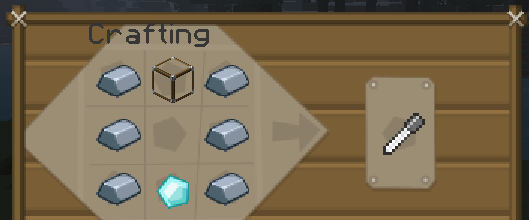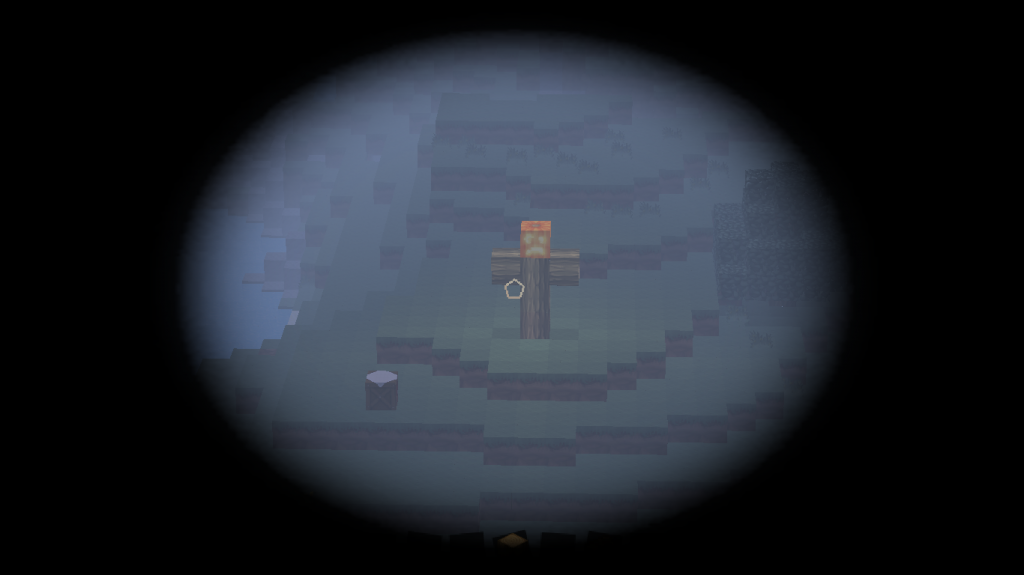
Spyglasses are now available without enabling experimental gameplay. The texture of the spyglass model has changed. The 3D model is still used in the hand, similar to tridents. Spyglasses have a new texture in the inventory. The spyglass is now a 3D model instead of a flat sprite.Ī spyglass in use is anchored better to the player's "eye" when viewed in 3rd person.Ĭopper ingots are now renewable via drowned, making spyglasses renewable. The scope texture is now a glass square with a copper border. The scope texture is currently a circle with glare spots. They were originally named "telescopes" and had an oval vignette. Spyglasses are revealed at Minecraft Live 2020. Look at the Ender Dragon through a Spyglass Look at a ghast through a spyglass while the ghast is focused on you. If the player has a certain effect on their screen like fire, the spyglass does not remove that effect on the player's screen. When the player uses the spyglass continuously for 1 minute (1200 game ticks), the interface is automatically closed. The player is slowed down while watching through the spyglass. The spyglass shows a magnified view of what the player already sees. Mobs too distant to render also do not render in the spyglass. Hazy distant objects remain hazy when viewed in the spyglass. Pressing F1 removes the vignette, similar to a carved pumpkin.

Regardless of the situation, or status effects the player has, using the Spyglass always shows a FOV 1⁄ 10 of the FOV set in options.Ī square vignette is applied when in use, similar to the effect when wearing a carved pumpkin. The player's FOV can be set from 30° to 110°, so the spyglass FOV can range from 3° to 11°. By default, the FOV is set to 70° in Java Edition and 60° in Bedrock Edition, resulting in an FOV of 7° in Java Edition and 6° in Bedrock Edition through the spyglass. The spyglass changes the FOV to 1⁄ 10 of the FOV set in options. Spyglasses are used to zoom in on a specific location in the player's field of view (FOV). If all goes smoothly with the launch, Euclid should start unravelling the mysteries of the cosmos soon.To use a spyglass, the player selects it from the hotbar and clicks use while looking in the desired direction. “Seeing how those wrinkles in the early universe propagated forward and how dark energy affected that will help us understand the evolution of the universe and, really, how the universe works,” says Seiffert. Mapping those relic over-densities can be an extraordinarily effective way look into how and why the expansion is accelerating. Eventually, that soup cooled and the waves froze in place, remaining as slightly more dense regions where more galaxies tended to form as the universe expanded. These ripples first formed as sound waves soon after the big bang, when the cosmos was a hot, roiling soup of particles and radiation. The other type of map uses ripples in the matter distribution of the universe called baryon acoustic oscillations. Knowing the distribution of dark matter more precisely will help us figure out how it behaves and may present clues as to what it is really made of. The distortions are usually tiny, but the huge amount of data Euclid is expected to collect during its six-year mission should allow researchers to use gravitational lensing to map out the distribution of matter – including dark matter, which we can’t see any other way – in the universe. While it isn’t the first space telescope to use either of these types of instruments, it will be unusual in that it is planned to observe a huge swathe of space, cataloguing over a billion galaxies across more than one-third of the sky. Dark energy has the opposite effect, causing the accelerating expansion of the universe as a whole.Įuclid has two scientific instruments: a visible light camera to measure the shape of galaxies, and a near-infrared detector to measure their brightness and distance. Astronomers infer the existence of dark matter from the behaviour of the matter that we can see, which acts as if there is some extra source of gravity holding everything together. These two “dark” components make up more than 95 per cent per cent of the cosmos, but we cannot see them, hence their names, and know very little about what they could be made of. Euclid is designed to help solve two of the biggest mysteries in the universe: dark energy and dark matter.


The European Space Agency (ESA) is gearing up to launch its newest space telescope, Euclid, which is scheduled to blast off from Cape Canaveral in Florida on 1 July. An artist’s impression of the Euclid space telescope


 0 kommentar(er)
0 kommentar(er)
